

Auctioning: forgotten brands - Part 2
Outside the walls of leading auction houses, many forgotten and sometimes disappeared brands find their customers on the Web. Is there life outside Patek Philippe? Here is a review of some brands.
In the field of watch auctioning, Patek Philippe leads the sales of the four main houses: the pioneer Antiquorum, Sotheby's, Christie's and Philips. The brand's achievements and records are very impressive and constantly receive record-breaking bids for their watches.
Still-popular historical signatures
The brand based in Plan-Les-Ouates is to "second-hand" horology what F1 is to the sale of passenger cars. It has a good head start that is almost impossible to catch up with. Indeed, far behind follow some brands named after watchmakers or even brands that, though out of business now, left their imprint in watchmaking.
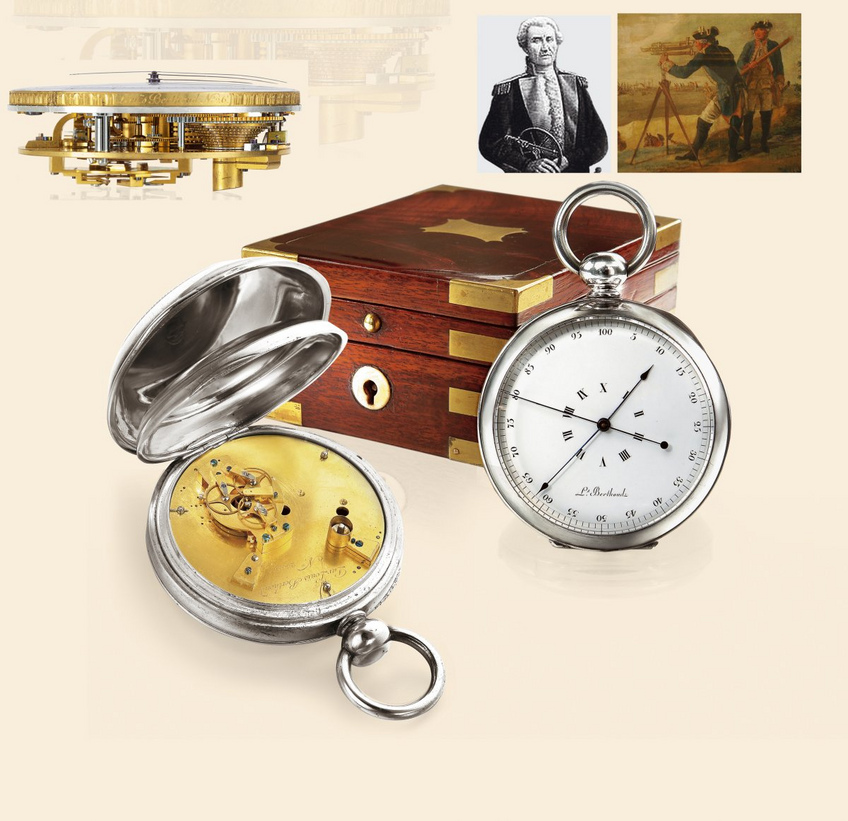
Some of them, and this is perhaps related, are even being brought back to life as a modern entrepreneurial adventure, after they died out either because of lack of heirs to take over or simply because of commercial bad luck.
> Ferdinand Berthoud (1727-1807) is one example. This Swiss watchmaker and chronometer-maker was a disciple of Julien Le Roy, pioneer of marine chronometry. He worked in France and England. His talent is to be seen in a confidential production and is still celebrated at auctions. You can only hope to get one of his pocket watches at auction bids.
In 2015, Chopard and its co-President, Karl-Friedrich Scheufele, suddenly decided to revive this famous figure with deep connections to Val de Travers. Incidentally, the revived brand has been established there, not very far from L.U.C.
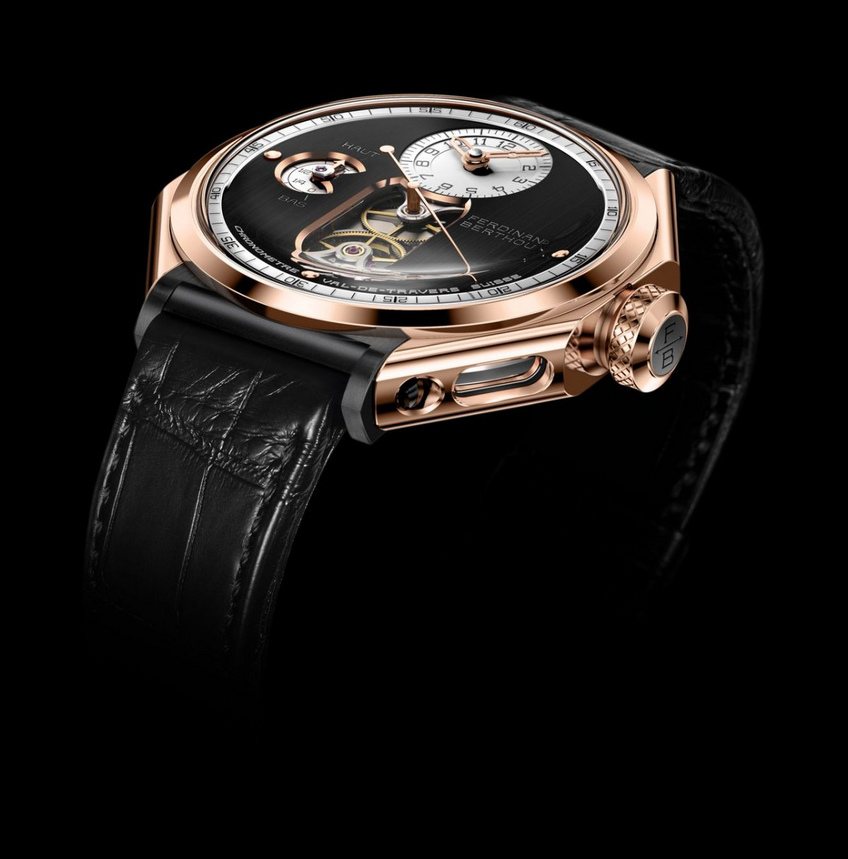
> Julien Le Roy (1686-1759) was a specialist in minute repeaters as well as an exceptional contributor to technical innovation. His son, Pierre Le Roy (1717-1785), was the pioneer of marine chronometry in France. His inventions, particularly focused on balance systems and spirals, were so great his watches are still fascinating today.
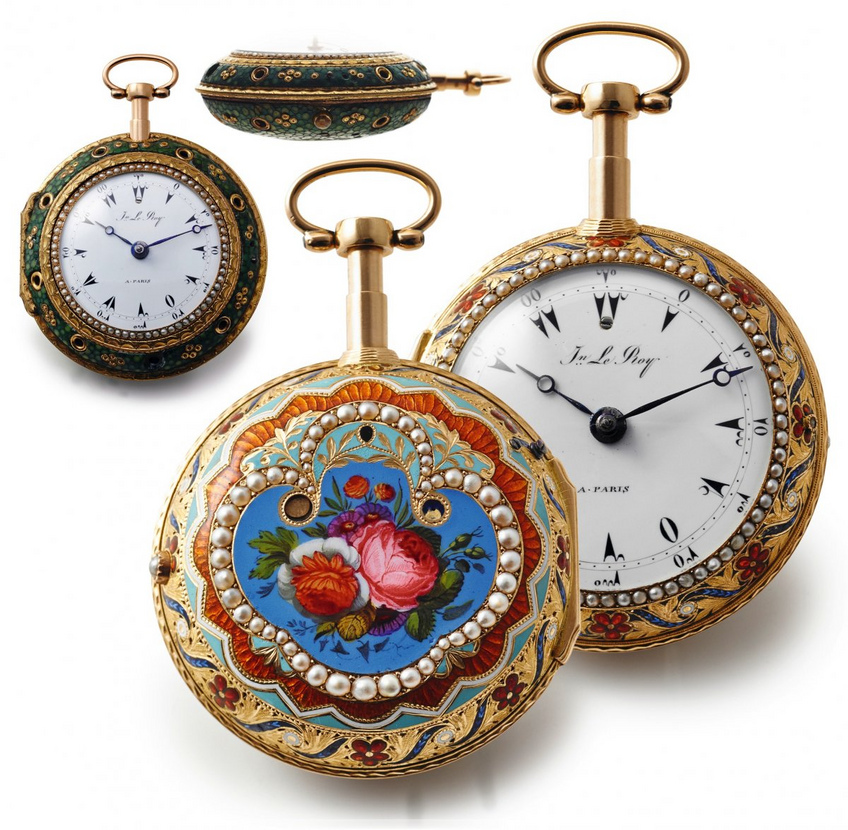
> Louis Leroy (1860-1935) for his part created the famous Leroy 01, the world's most complicated watch at the time (Musée du Temps in Besançon). His name, related to a production initiated in France then relocated to Switzerland, still makes collectors smile today.
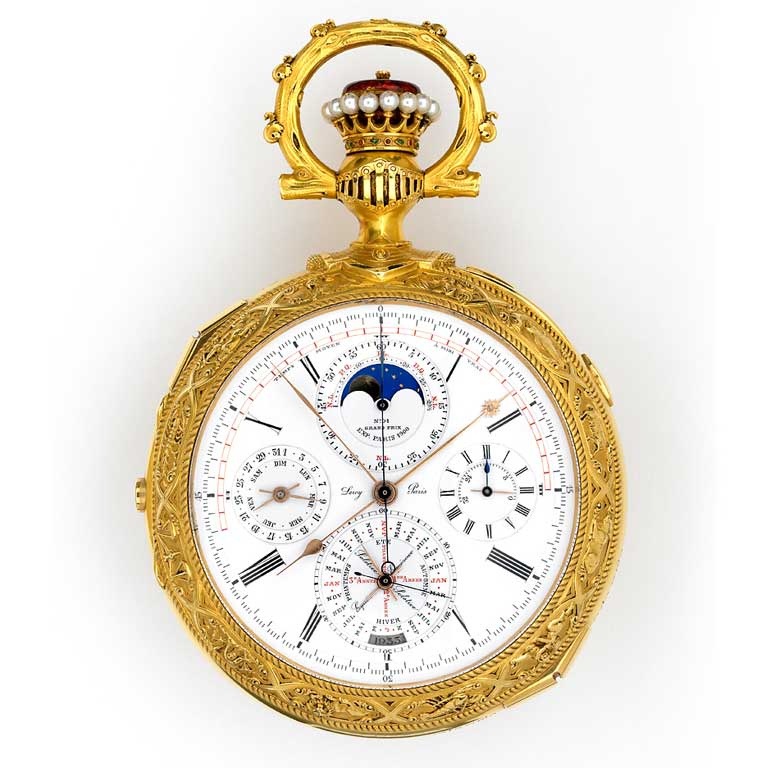
> Henri Grandjean (1803-1879) co-founded with Louis Berthoud and Ulysse Nardin a kind of production station entirely dedicated to marine chronometers. He was renowned for manufacturing precise pocket watches, marine chronometers and watches with grand and small striking mechanisms.
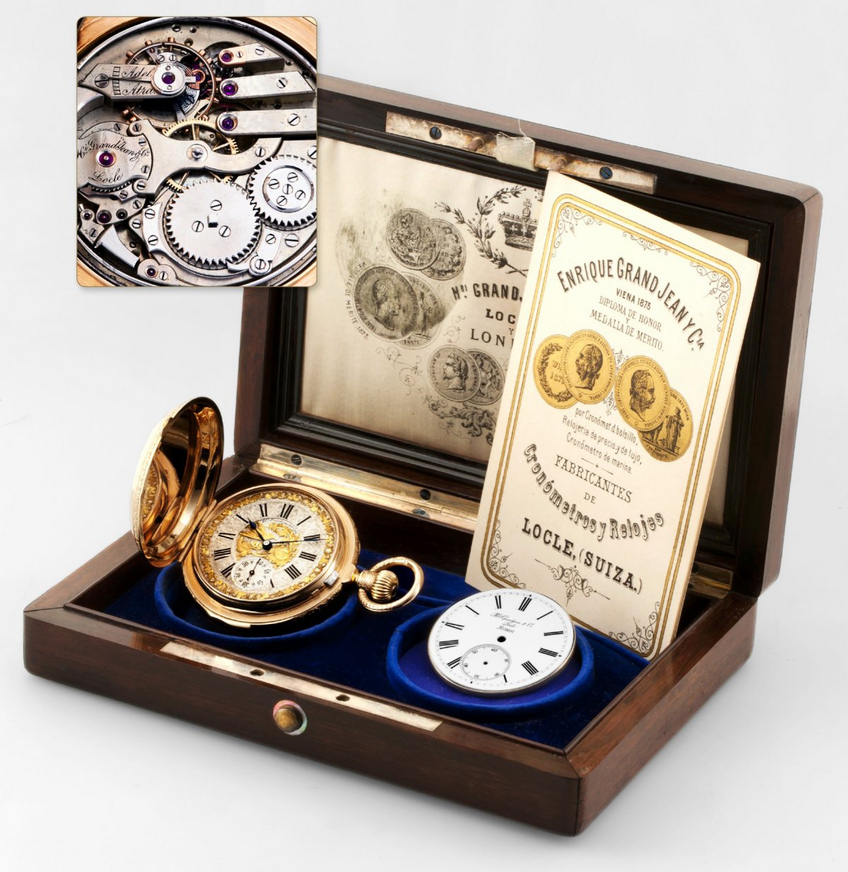
> Franciszek Czapek (1811-?). The Polish watchmaker was born in 1811 and arrived in Geneva in July 1832. Two years later, in 1934, he founded his first company, Czapek & Moreau, with a Swiss watchmaker from Versoix . He married Marie, the daughter of Carouge clock and watchmaker Jonas Pierre François Gevril(1777-1854).

In 1939, he partnered with Antoine Norbert de Patek, another Polish refugee in Switzerland. Under the corporate name PATEK, CZAPEK & Co, their company lasted for six years. One year after its creation, the company employed around six people. Approximately 200 watches were produced per year. These watches are much in demand today and great collectors, those who set trends wordwide, own at least one of them.
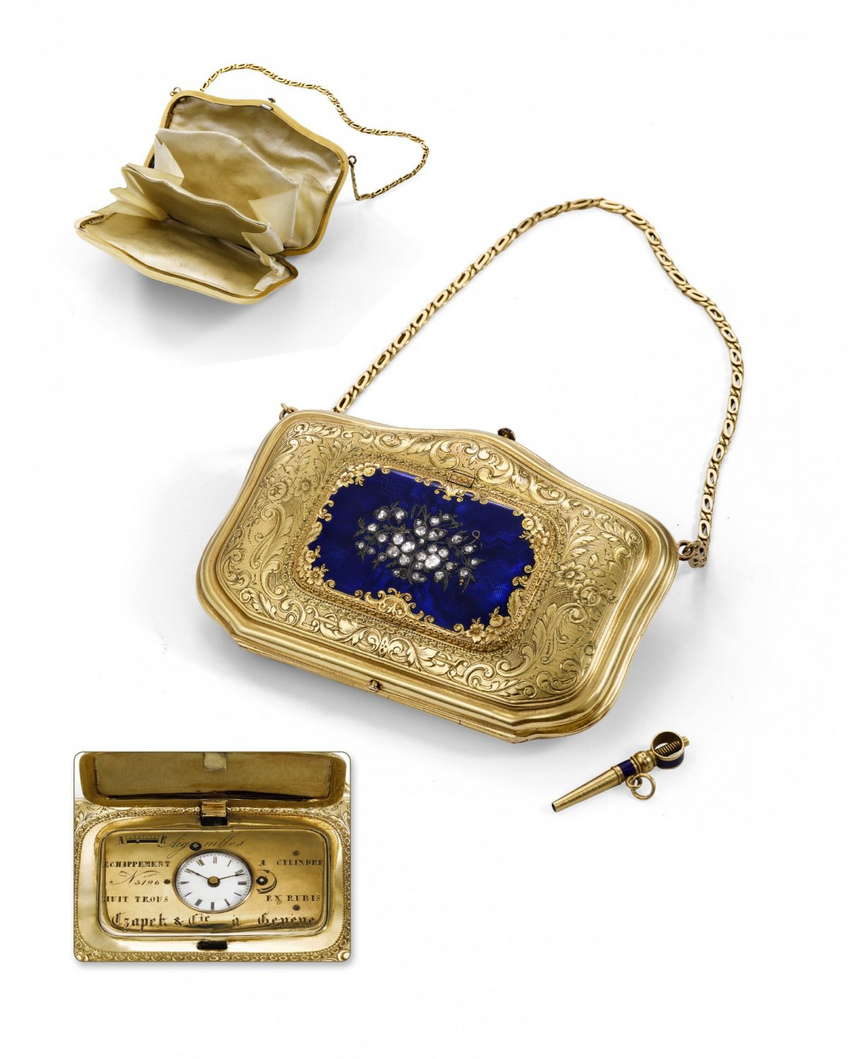
After their company was dissolved, Patek needed another great watchmaker to partner up with and thus created Patek, Philippe & Cie with Adrien Philippe. As for Czapeck, the watchmaker with prestigious clients, he created a new entity, Czapek & Cie, with his new partner Juliusz Gruzewski.
Some cherished brands to have disappeared
The arrival of quartz watches brought about the most terrible crisis for the Swiss watchmaking industry and forced many brands to disappear or to stop operating, in spite of being important names in the global markets. Many of them are regularly revived here or there on websites or from the back of drawers in old jewelry and watchmaking shops.
> Gruen was famous for its high-quality Curvex “curved” movements. Dietrich Gruen, a German who worked in Switzerland for a while, created the brand in 1874 in Colombus, United States. In 1903, the company created "Gruen Watch Manufacturing & Co" in Bienne, which specialized in the manufacture of movements. Its cases were made in the States due to the bargain price of steel there.
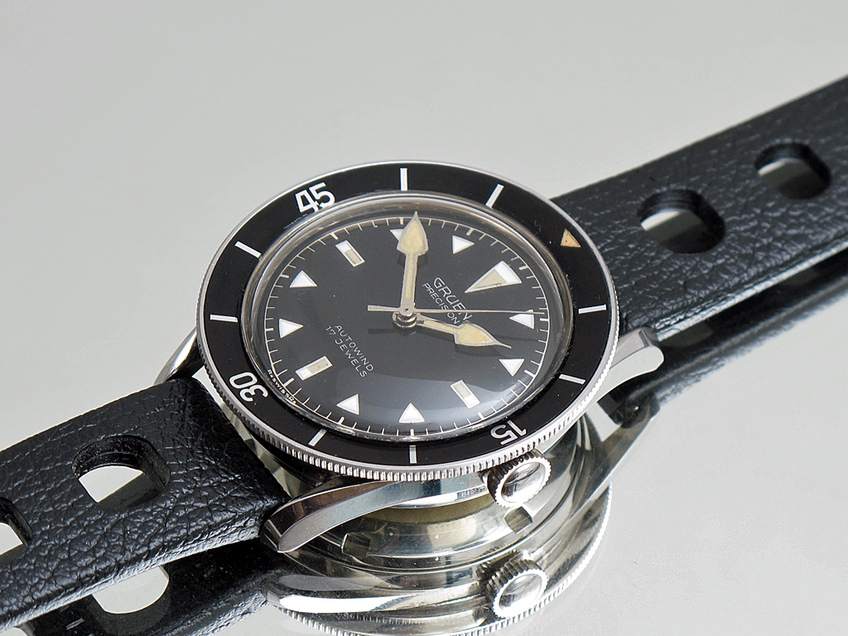
> Angelus was created by Gustave Stolz (1872-1942) in Le Locle in 1891. It disappeared before the 1980s. The brand was renowned for its production of calendars - namely a 60-year calendar that indicated the months, for its chronographs, and its alarm clocks.

The letters “SF” on the pieces’ dials stood for "Stolz Frères", the name of the manufacture. There are still some affordable models, which will remain so for as long as expert historians do not stir the immoderate appetite of visionary bidders.



